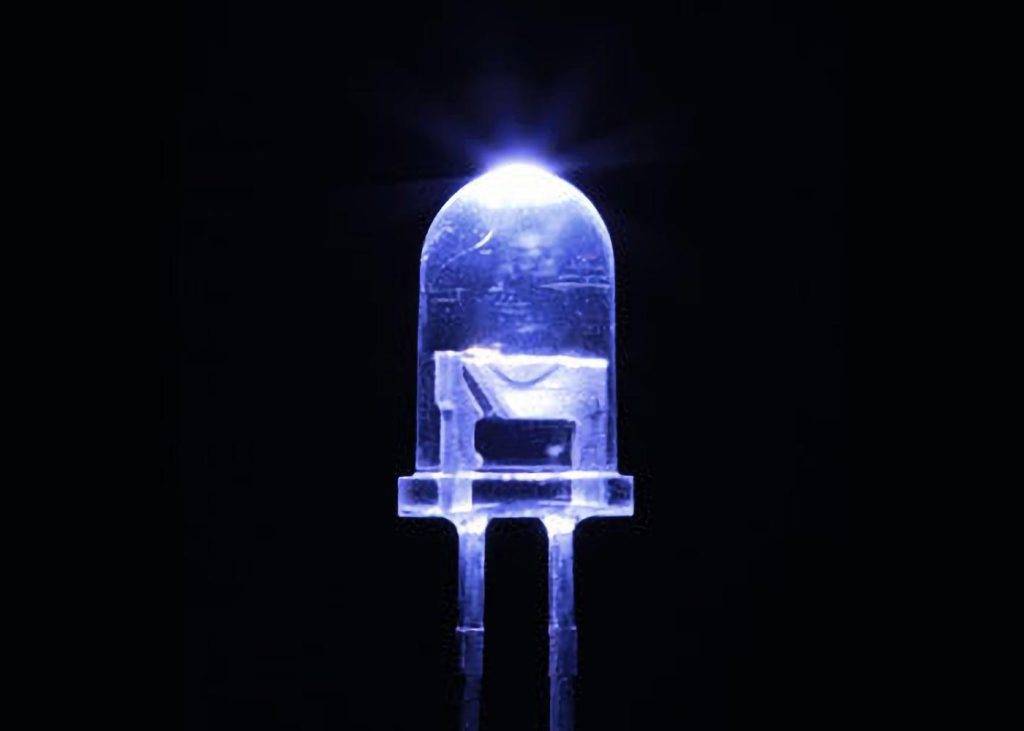
Figura 1: La mayoría de los LED emiten luz visible, pero los físicos de RIKEN han creado un LED que emite rayos ultravioleta lejanos en una región estrecha y es seguro para los humanos pero fatal para los virus y las bacterias. crédito: RIKEN
Una poderosa lámpara LED puede desinfectar superficies de manera eficiente mientras mantiene a las personas seguras.
Los físicos de RIKEN han diseñado una lámpara LED altamente eficiente que es antimicrobiana y antiviral pero segura para los humanos. Algún día, podría ayudar a los países a salir de las sombras de las epidemias matando patógenos en salas llenas de gente.
Las lámparas germicidas ultravioleta son altamente efectivas para matar bacterias y virus. De hecho, se utilizan habitualmente en hospitales para esterilizar superficies e instrumentos médicos.

Masafumi Jo y dos compañeros de trabajo han diseñado una lámpara LED que ayuda a proteger a la sociedad de las epidemias. crédito: RIKEN
Las lámparas de este tipo se pueden crear utilizando LED, lo que las hace energéticamente eficientes. Sin embargo, estas luces LED producen luz ultravioleta en un rango que es dañino[{» attribute=»»>DNA and therefore cannot be used around people. The search is on to develop efficient LEDs that shine light within a narrow band of far-ultraviolet light that appears to be both good at disinfecting while remaining safe for people.
Germicidal LED lamps that operate in the absence of humans are often made from aluminum, gallium, and nitrogen. By increasing the amount of aluminum they contain, these LEDs can be modified to work in a wavelength region that is safe for humans. This approach has been used before but has resulted in dramatically reduced power.
To work through this issue, three physicists at RIKEN Quantum Optodevice Laboratory, Masafumi Jo, Yuri Itokazu, and Hideki Hirayama, created an LED with a more complex design. They sandwiched together multiple layers, each containing slightly different proportions of aluminum. In addition, in some layers they also added tiny amounts of silicon or magnesium.
This effectively created an obstacle course for electrons, hindering their movement across the material and trapping them for longer in certain areas. This resulted in an increased amount of light emitted by the device and a reduced amount absorbed by it.
The team used computer simulations to model all possible effects to help pin down the ideal design. “We then grew samples to see if it was effective or not,” Jo says. Precisely controlling the thickness of each layer was the biggest experimental challenge. They ended up with an LED operating in the far ultraviolet, with an output power almost ten times higher than their previous best.
The COVID-19 pandemic brought a new consciousness of the importance of being able to eradicate viruses and microbes on surfaces. “We trust that our findings and technologies will be very useful for safeguarding society against this and future pandemics,” says Jo.
Jo adds that the trio will strive to improve their LED’s performance even further. “There’s still much room for improvement in the output power and the power efficiency,” he notes.
Reference: “Milliwatt-power far-UVC AlGaN LEDs on sapphire substrates” by Masafumi Jo, Yuri Itokazu and Hideki Hirayama, 25 May 2022, Applied Physics Letters.
DOI: 10.1063/5.0088454

«Experto en la web. Fanático de la cerveza exasperantemente humilde. Fanático del tocino. Creador típico. Experto en música».





More Stories
¿Cómo se hicieron los agujeros negros tan grandes y rápidos? La respuesta está en la oscuridad.
Una vaca marina prehistórica fue devorada por un cocodrilo y un tiburón, según los fósiles
El lanzamiento del cohete Falcon 9 de SpaceX se ha detenido a medida que se acercan dos importantes misiones de vuelos espaciales tripulados.